Canada’s manufacturing sector is evolving into a global powerhouse driven by innovation, sustainability, and advanced technology. From high-tech industries to clean energy production, Canadian companies are demonstrating their ability to compete with the world’s best. Here’s how Canada is solidifying its place as a leader in global manufacturing.
High-Quality Pharmaceutical and Biotech Manufacturing

Canada has a thriving pharmaceutical and biotech sector, with companies producing vaccines, medical devices, and life-saving drugs. Manufacturers like Sanofi and Apotex are expanding their operations to supply global markets. With government investments in biomanufacturing, Canada is reducing its reliance on imports. The country is also a leader in stem cell research and precision medicine. This positions Canada as a global leader in health and pharmaceuticals.
Innovation in 3D Printing and Additive Manufacturing

Canadian manufacturers are utilizing 3D printing to produce intricate components for the aerospace, healthcare, and automotive industries. Companies are producing customized medical implants, lightweight aircraft parts, and industrial prototypes at reduced costs. This technology enables rapid production, minimal waste, and accelerated product development. Canada’s research in metal and polymer additive manufacturing is advancing the industry further. These innovations are revolutionizing modern manufacturing practices.
Strong Automotive Parts Industry
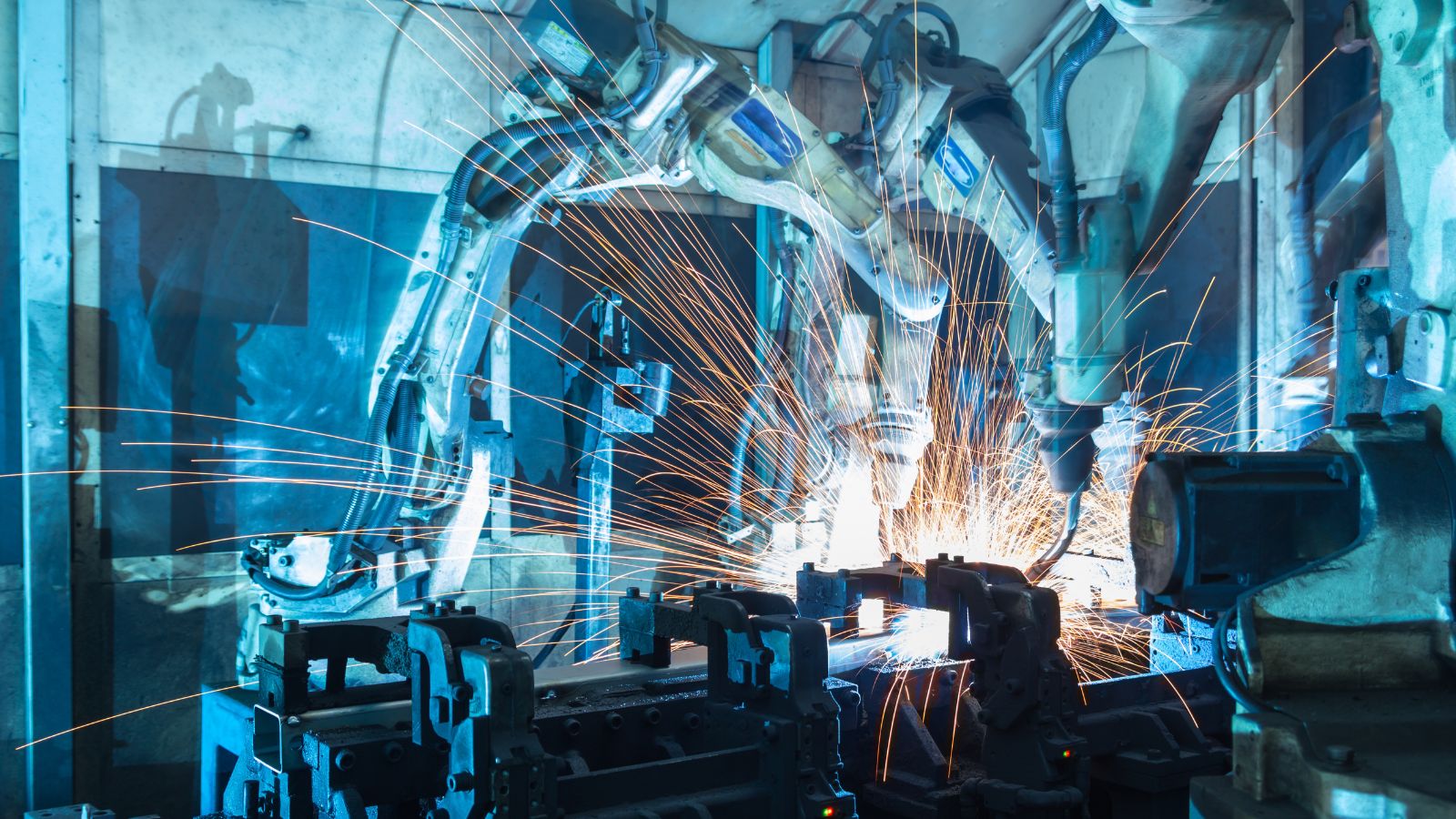
Canada is a significant global supplier of auto parts, with companies such as Magna International and Linamar producing components for renowned brands like BMW, Tesla, and Toyota. The country specializes in fuel-efficient drivetrains, safety systems, and electric vehicle technologies. With new trade agreements, Canadian manufacturers are securing high-value contracts worldwide. The shift to EV and hybrid vehicle production strengthens the country’s auto manufacturing presence. This ensures continued growth in the automotive sector.
Expansion of Precision Manufacturing
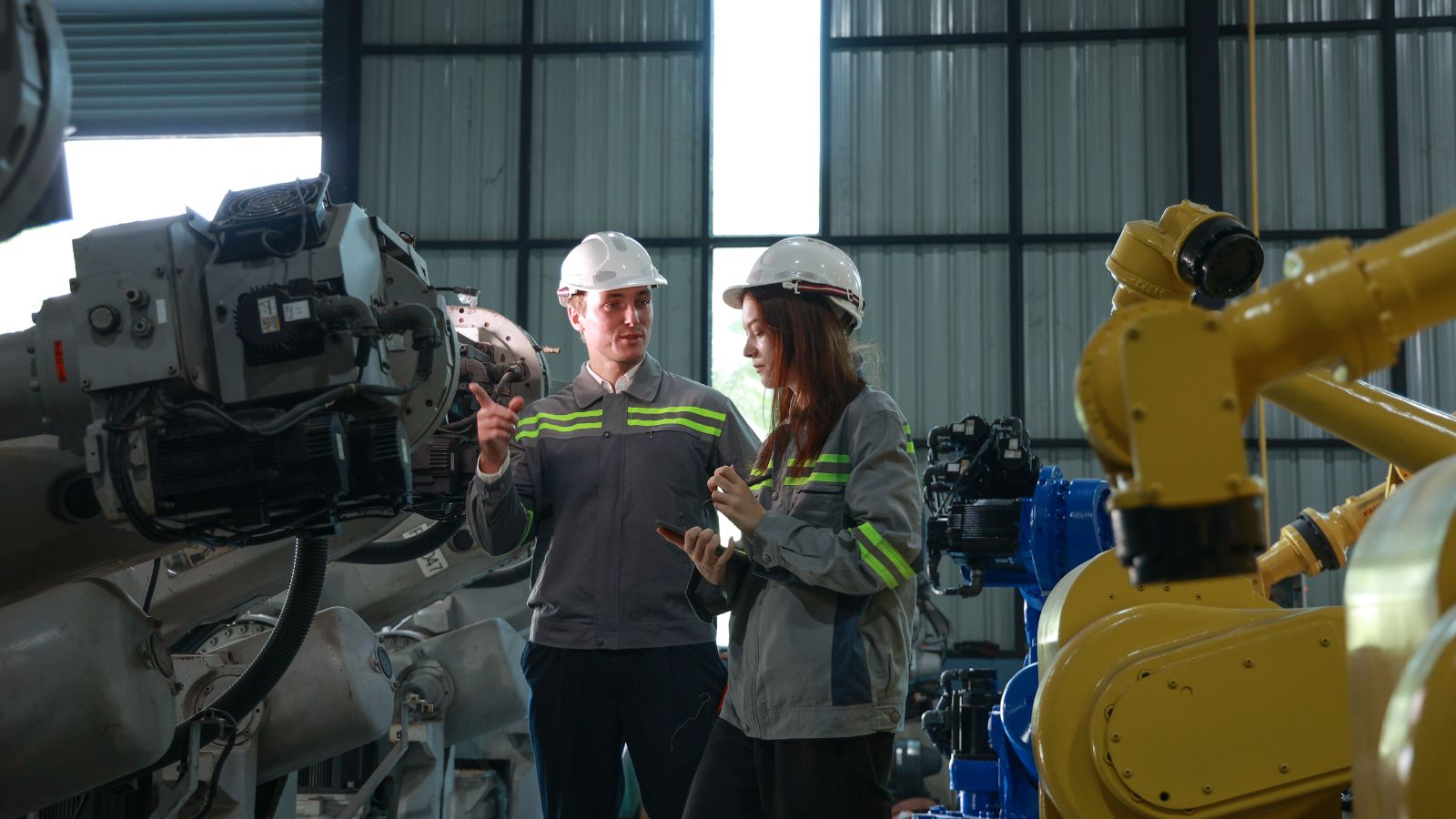
Canadian companies excel in precision engineering, producing medical devices, defense equipment, and aerospace components. This requires high-accuracy machining and cutting-edge technology, making Canada a key supplier to global industries. Investments in laser cutting, CNC machining, and AI-driven production systems are boosting output. Precision manufacturing is crucial for defense, robotics, and high-tech applications. Canada’s expertise ensures strong demand for its advanced products.
Rise in Food Processing and Agribusiness Manufacturing

Canada is a leading producer of packaged foods, dairy products, and plant-based proteins—companies such as Maple Leaf Foods and Saputo export high-quality food products globally. The demand for organic, sustainable, and plant-based foods is growing, and Canadian manufacturers are capitalizing on this trend. With cutting-edge food processing technology, Canada ensures safe, efficient, and scalable production. The country is setting global standards in the food industry.
Strong Trade Agreements Boosting Export Growth

Canada’s Comprehensive and Progressive Agreement for Trans-Pacific Partnership and CETA (Canada-EU Trade Agreement) are opening new markets. These agreements reduce tariffs on manufactured goods, making Canadian exports more competitive. With reduced reliance on the U.S., Canada is expanding its trade networks in Europe and Asia. This ensures a steady demand for Canadian-manufactured products worldwide. Strong trade policies are strengthening Canada’s manufacturing economy.
Leadership in Hydrogen Fuel Technology
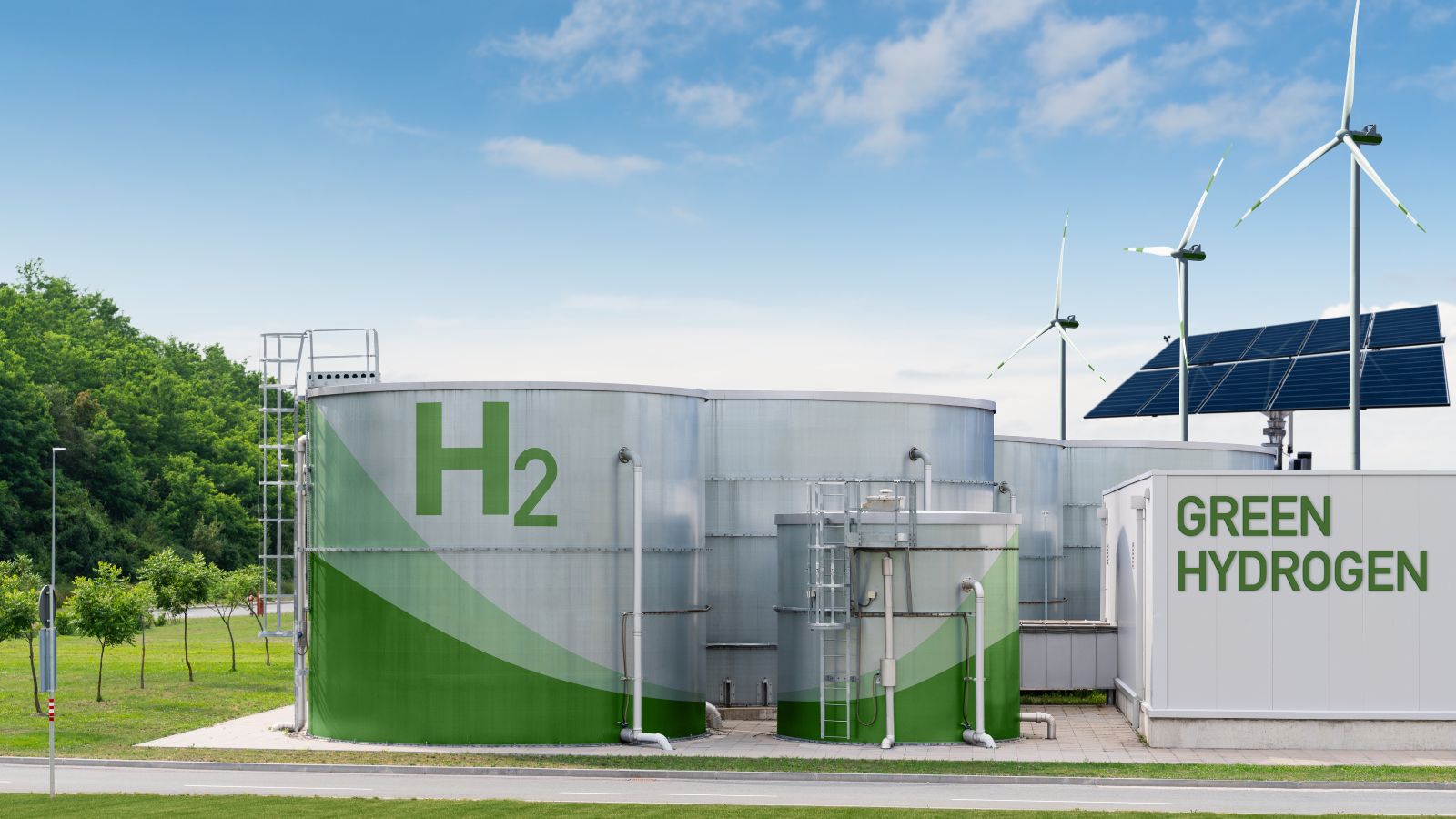
Canada is at the forefront of hydrogen fuel cell technology, with companies like Ballard Power Systems exporting worldwide. The demand for zero-emission vehicles and industrial hydrogen fuel solutions is rising. Government funding supports research and development in clean energy. Canadian manufacturers are developing hydrogen-powered trucks, ships, and trains. This innovation strengthens Canada’s role in sustainable manufacturing.
Advanced Robotics and Automation in Factories
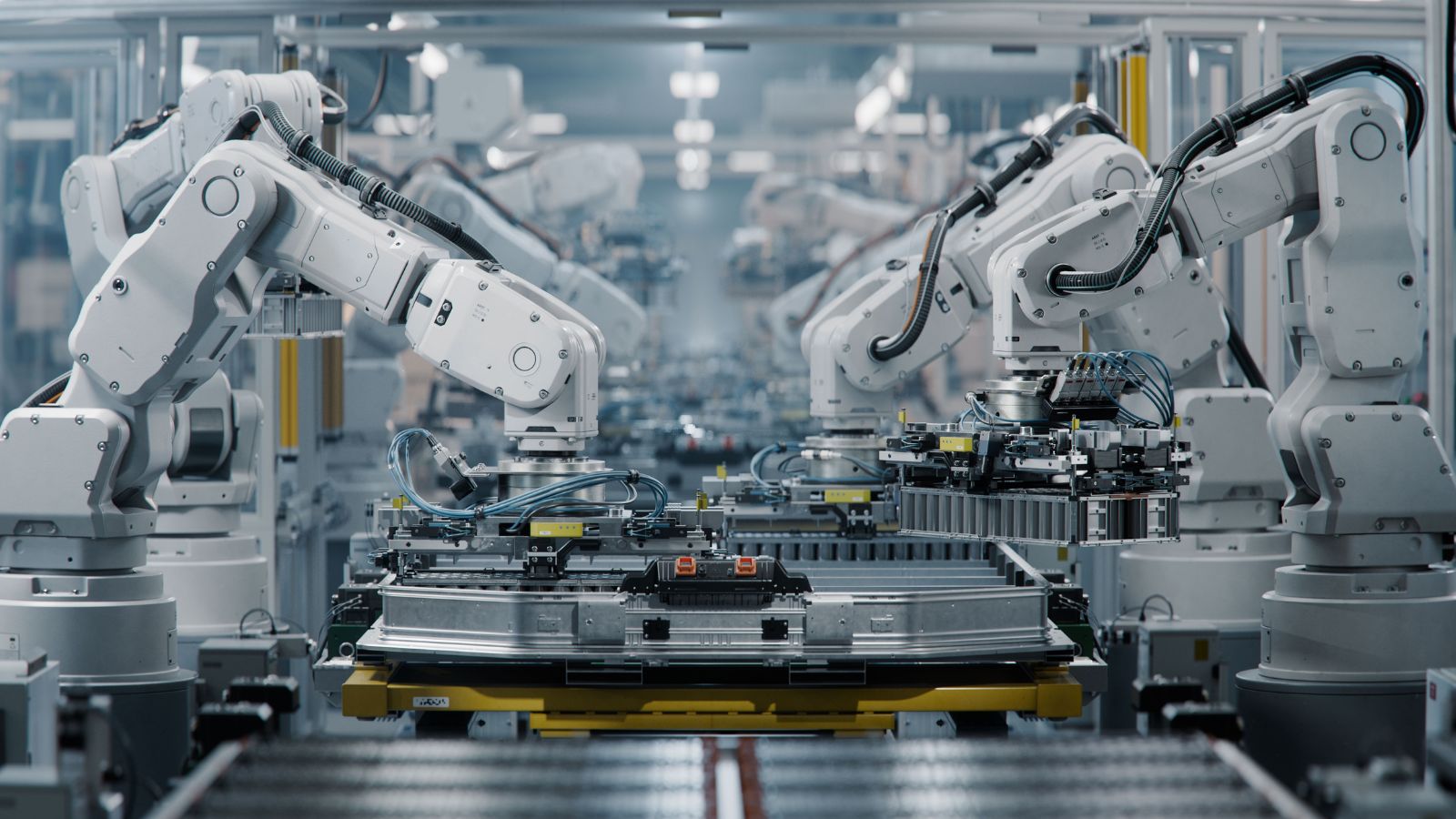
Canadian manufacturers are investing heavily in robotics and automation, increasing productivity and efficiency. Companies are adopting AI-driven systems to streamline production lines and reduce human errors. These smart factories are enhancing quality control, reducing waste, and cutting operational costs. Automation also allows Canada to compete with low-cost labor markets while maintaining high production standards. This shift is making Canada a pioneer in the Industry.
Growth of Electric Vehicle (EV) Manufacturing

With a global push for sustainable transportation, Canada is emerging as a key player in electric vehicle (EV) production. Companies like Lion Electric and Magna International are producing electric buses and vehicle components for global automakers. Government incentives are driving mass adoption and production of EVs. Canada’s access to critical minerals, such as lithium and nickel, strengthens its role in electric vehicle (EV) battery production. This makes Canada a leader in the future of transportation.
Expansion of Aerospace Manufacturing

Canada is home to Bombardier, Pratt & Whitney Canada, and Magellan Aerospace, leaders in aerospace innovation. The country exports advanced aircraft components, engines, and avionics to global markets. Canadian manufacturers are developing fuel-efficient aircraft and sustainable aviation technology. The demand for air travel is increasing, and Canada’s expertise in high-tech aerospace manufacturing remains a key factor in its competitiveness. This positions Canada as a top aerospace hub outside the U.S.
Strength in Clean Energy Equipment Manufacturing

With the rise of renewable energy, Canada is producing solar panels, wind turbines, and hydroelectric equipment. Companies like Ballard Power Systems are developing hydrogen fuel cell technology for global markets. Canada’s clean energy exports are growing as more countries shift to sustainable power solutions. Manufacturing low-carbon energy solutions puts Canada at the forefront of the green technology revolution. This ensures a strong manufacturing future based on sustainability.
Investments in AI and Smart Manufacturing

Artificial intelligence is transforming Canadian manufacturing, improving efficiency, automation, and predictive maintenance. AI-driven factories optimize supply chains and reduce waste. Machine learning is improving quality control and detecting production errors in real-time. Companies using smart sensors and IoT technology gain a competitive edge. Canada’s AI expertise is making factories more resilient and profitable.
Sustainable Packaging Solutions

Canadian manufacturers are developing biodegradable and recyclable packaging to reduce waste. Companies like Cascades and Kruger are leading in eco-friendly paper and packaging products. The government’s ban on single-use plastics is driving innovation in alternative materials. Businesses are switching to compostable and reusable packaging, thereby reducing their environmental impact. Canada is emerging as a global leader in sustainable packaging solutions.
Increasing Investments in Semiconductor Manufacturing

Canada is stepping up its semiconductor production, reducing reliance on foreign suppliers. The demand for microchips in automotive, healthcare, and AI applications is driving this growth. Government initiatives are attracting high-tech investments from global chip manufacturers. Canada’s expertise in nanotechnology and precision manufacturing is making it a strong contender. These advancements ensure a reliable domestic supply of critical technology components.
Growth of Renewable Energy Manufacturing

Canadian companies are at the forefront of wind, solar, and hydroelectric technology production. Firms like Brookfield Renewable Partners are investing heavily in green energy infrastructure. Government incentives are pushing manufacturers to produce energy-efficient components. Canada’s rich natural resources make it a prime location for clean energy manufacturing. This transition is helping reduce global carbon footprints while strengthening exports.
Expansion of Defense and Aerospace Manufacturing

Canada’s defense industry is thriving, producing components for fighter jets, naval equipment, and cybersecurity solutions. Companies like CAE and L3Harris Canada are exporting military technology worldwide. The government’s push for domestic defense innovation is creating jobs and attracting investments. Canadian firms are integrating AI and cybersecurity systems into military technology. This growth strengthens Canada’s national security and global manufacturing presence.
Development of Smart Textiles and Wearable Technology

Canadian researchers are advancing wearable technology and smart textiles for use in healthcare, sports, and the military. Companies are embedding biosensors and nanofibers into fabrics to monitor vital signs and environmental conditions. The demand for functional, high-tech clothing is on the rise globally. Partnerships with universities and research centers are accelerating innovations. This sector is positioning Canada as a leader in next-gen textile manufacturing.
Medical Equipment Production

Since the pandemic, Canada has increased its domestic production of medical supplies, including ventilators, masks, and protective gear. Companies like Medicom and 3M Canada are increasing manufacturing capacity. The government is ensuring a steady supply of essential medical equipment for national security. Advances in antimicrobial fabrics and biodegradable PPE are setting new industry standards. This growth enhances Canada’s self-sufficiency and global medical exports.
Leading the Circular Economy in Manufacturing

Canadian companies are embracing the circular economy, focusing on the use of recyclable materials and waste reduction. Businesses are designing products for reuse, repair, and upcycling to minimize landfill waste. Companies like Loop Industries specialize in turning plastic waste into reusable materials. The shift towards sustainable manufacturing is attracting international partnerships. Canada’s leadership in this area is making it a model for green industrial practices.
Manufacturing of High-Tech Agricultural Equipment
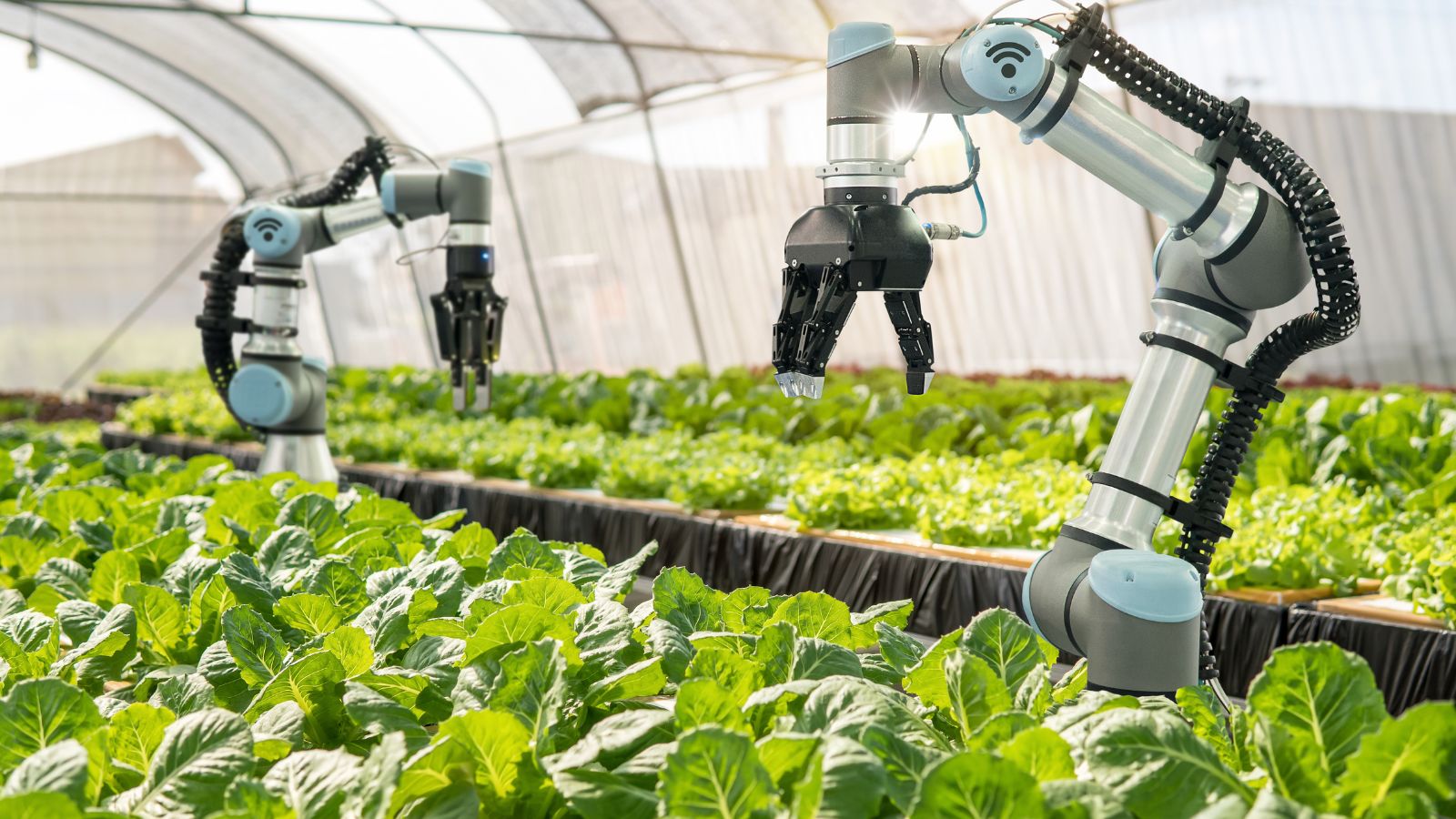
Canada is a leader in smart farming technology, producing automated tractors, drones, and precision irrigation systems. Companies like AGI and Clean Seed Capital are exporting AI-powered agricultural equipment worldwide. These innovations help farmers increase crop yields while conserving resources. The integration of robotics and IoT in agriculture is driving global demand. Canada’s agritech manufacturing sector is transforming food production efficiency.
Expansion of Battery and Energy Storage Manufacturing

As the world shifts to electric power, Canada is investing in battery production and energy storage solutions. Companies are manufacturing lithium-ion and solid-state batteries for use in electric vehicles (EVs), homes, and industrial applications. Government support is fueling research into longer-lasting and more efficient storage technologies. Canada’s rich supply of critical minerals gives it a competitive edge. This industry is helping Canada secure a spot in the global clean energy transition.
Growth in Smart Home Technology Manufacturing

Canadian companies are developing AI-powered home automation systems, including energy-efficient thermostats, security systems, and smart appliances. Firms like Ecobee and Nanoleaf are at the forefront of intelligent home solutions. The rise in IoT-based home devices is driving exports to Europe and Asia. Innovations in voice-controlled and self-learning technology are setting industry trends. Canada is becoming a hub for cutting-edge smart home manufacturing.
Leadership in Metal and Material Production

Canada is leading the development of high-strength, lightweight metals and composites for the automotive, aerospace, and construction industries. Companies are producing carbon fiber, titanium, and graphene-based materials for next-gen applications. The demand for stronger, more durable, and environmentally friendly materials is increasing worldwide. Government-backed research is helping manufacturers stay ahead of the competition. These advancements make Canada a global supplier of advanced materials.
Focus on AI-Powered Quality Control in Factories

Manufacturers in Canada are adopting AI-driven quality control systems to detect flaws in real-time. Machine learning algorithms analyze production data to enhance efficiency and reduce waste. Automated inspection systems improve safety in food, electronics, and medical device manufacturing. Companies that utilize AI-driven quality checks gain a competitive edge in global markets. This technology is making Canadian factories smarter and more productive.
Expansion of Eco-Friendly Construction Material Manufacturing
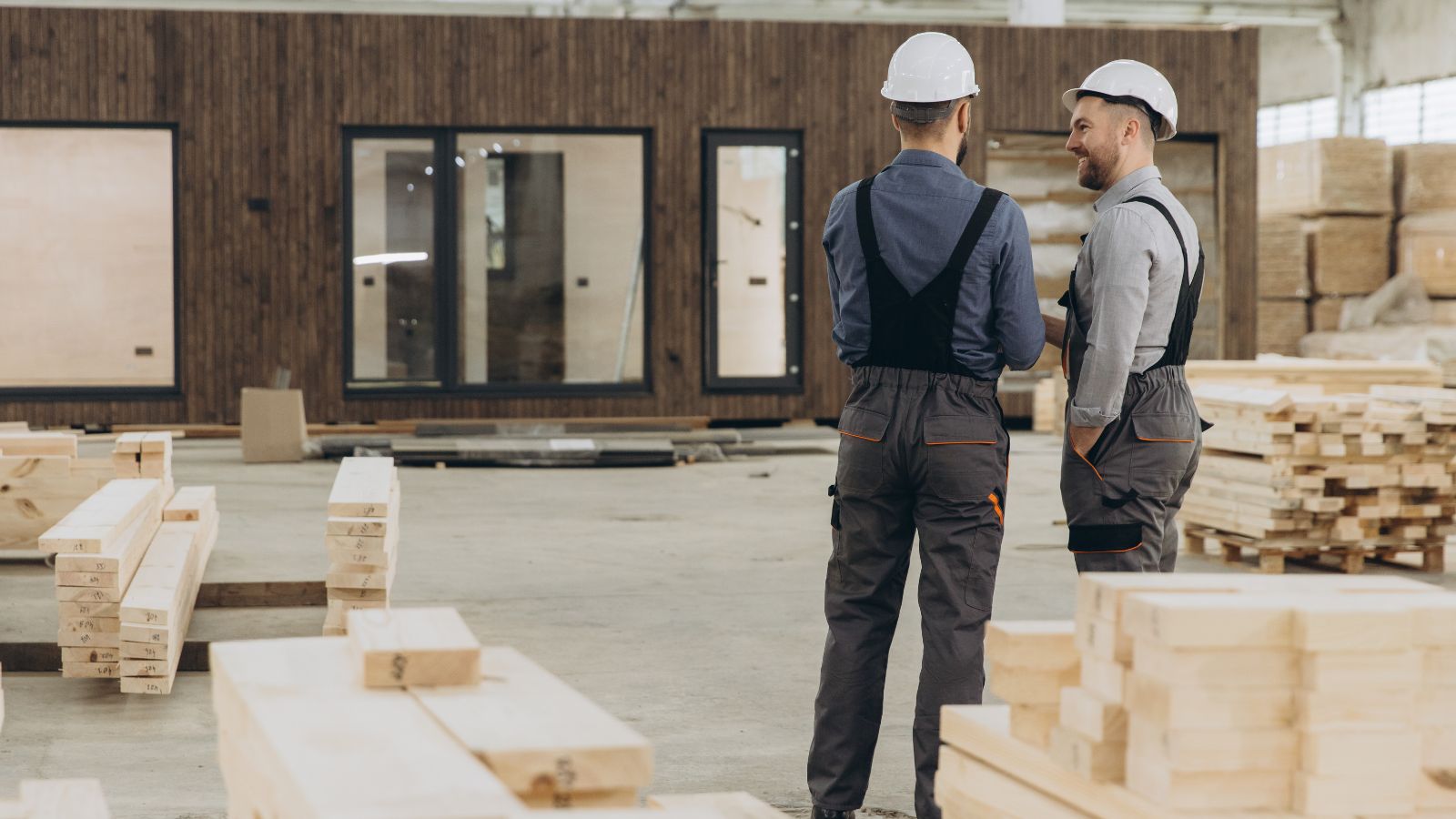
The demand for sustainable building materials is pushing Canada to produce eco-friendly cement, insulation, and prefabricated components. Companies are developing low-carbon concrete and composite materials made from recycled wood. Builders are using energy-efficient materials to meet global green building standards. Canada is exporting these sustainable materials to growing markets in the U.S. and Europe. This shift is making the construction industry more environmentally responsible.
Advancements in Space Manufacturing and Satellite Technology

Canada is a leader in space technology manufacturing, producing satellites, robotic arms, and other tools for space exploration. The government is funding next-gen satellite communication and deep-space exploration projects. Canadian-made satellite imaging and data analytics are in high demand worldwide. This industry is positioning Canada as a key player in the future of space technology.
Conclusion

Canada’s manufacturing sector is evolving at a rapid pace, embracing technology, sustainability, and innovation to become a global leader. With investments in AI, clean energy, aerospace, and precision engineering, Canadian manufacturers are demonstrating their ability to compete with the best worldwide. As trade agreements expand and government policies support innovation, Canada is solidifying its place as a manufacturing powerhouse. These advancements not only boost the economy and create jobs but also establish Canada’s dominance in the global industrial landscape.
25 Countries Predicted to Become Economic Superpowers in the Next 20 Years

The strength of an economy plays a crucial role in various international policies about trade and relations. Certain factors determine the strength of an economy, including population growth, availability of resources, and development and advancement. Here are 25 countries predicted to become economic superpowers in the next 20 years
25 Countries Predicted to Become Economic Superpowers in the Next 20 Years
